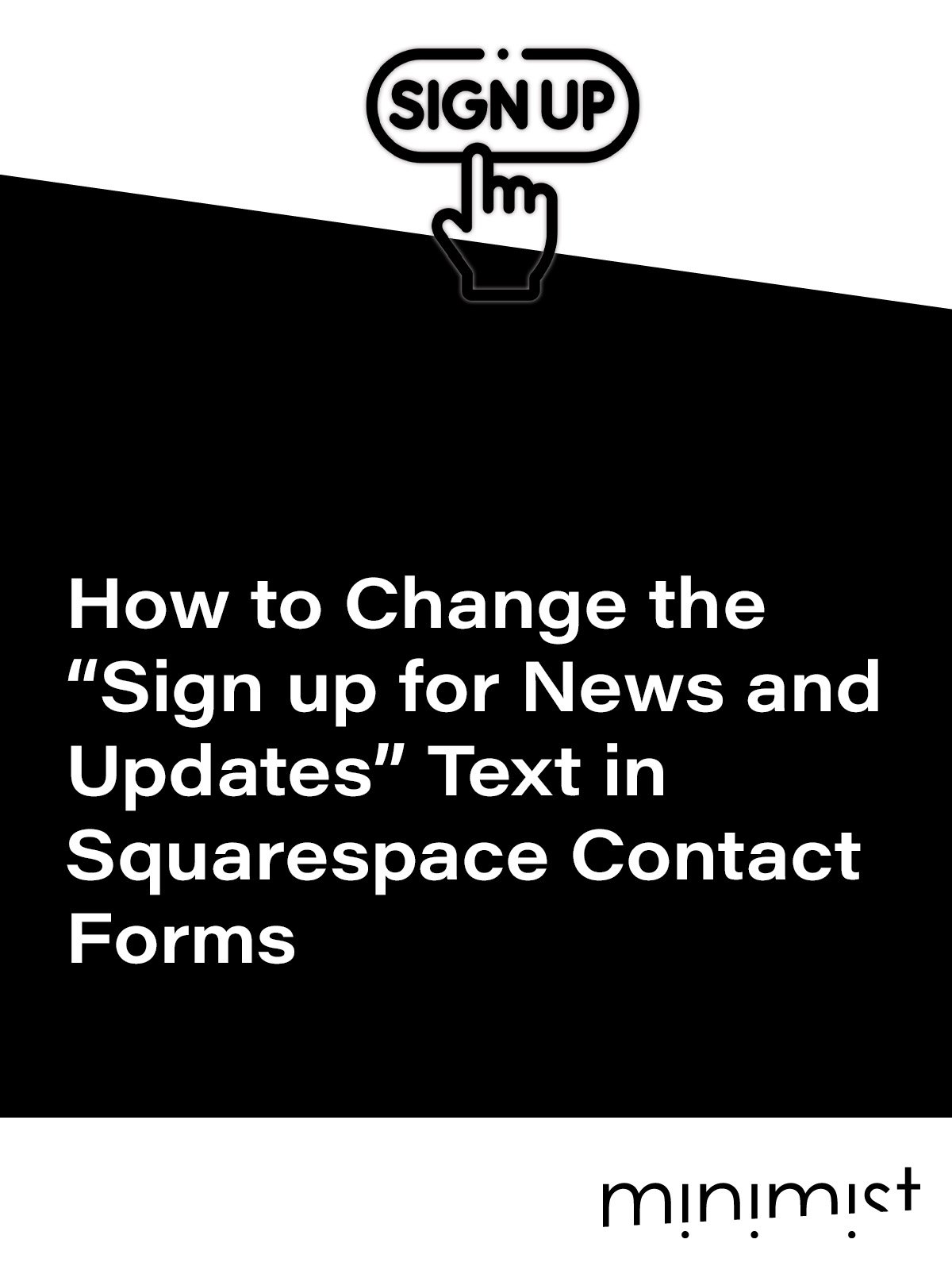5 Reasons People Are Leaving Your Website
You just finished building your very own website. Congratulations! You put a lot of effort into it, you spent countless hours editing & revising content, and you agonized over the layout forever.
Why is your bounce rate so high?
Why aren’t people contacting you?
Woah! A Blue Car!
There are more distractions than ever before, people get busier, and attention spans get shorter every day. Keeping people’s attention has become a HUGE challenge, and many of us have failed to recognize it. Source: Myself.
If I can’t find the information I’m looking for in seconds, I’m off onto the next thing.
From personal experience as a web surfer and web builder, I’ve seen my fair share of websites that fail to impress, fail to give me the information I’m looking for, or both.
I’m on iteration five of my own website after having it for only nine months at the time of writing this article. Each time a get a little better at keeping people engaged long enough to contact me.
In this post, I’ll cover some of the reasons people can’t be bothered to continue navigating your website.
1. Poor Consistency or Legibility
Tiny inconsistencies or minute changes in colour, font size or position cause the brain’s image processing to falter. On top of that, spelling errors and poor layout confuse and anger users. It’s important to pay special attention to detail when choosing colour and position to make pages more aesthetically pleasing and encourage specific user behaviour. You can also check out websites like Site Inspire and Awwwards to compare your website design with award-winning & featured website design to see if your own website's design is lacking.
2. Too Many Interruptions
This site uses cookies!
Sign up for our newsletter!
Register to learn more!
NO! I’m looking for information, not a relationship that includes a year’s worth of obligatory emails and sales pitches.
If I have to register just to read the content on a website, I am gone instantly. Registration barriers are as much of a deterrent as physical barriers. Please, please, please avoid the use of excessive pop-ups and content interruptions.
If you do decide to take the registration route. Make sure to give a compelling preview or demo of the content users can expect to receive without any other gimmicks.
3. Bad or Inappropriate Navigation
If you’re a not a gaming company or a social media platform, most people won’t be visiting your website just for fun. They’re likely looking for information or a way to contact you for your services. Don’t make it difficult.
Kudos to you if you built your own website, but remember that there are still SO MANY people who are not as tech savvy as you. I meet so many gainfully employed people, on a regular basis, for whom I have to silently question how they even found their way to the office.
It has been documented that the 45th president of the United States still does not use a computer and refers to the iPad that he reads on as “the flat one.”
Remember Jakob’s Law: users spend most of their time on other sites. This means that users prefer your site to work the same way as all the other sites they already know.
Crazy or weird navigations can be appropriate and even fun—sometimes. Most of the time they only serve to make people feel helpless and stupid. Make your navigation easy to understand and intuitive.
4. Not Mobile Friendly
This is so important that I wrote a whole article about it. More than 50% of all web traffic now comes from mobile browsers.
61% of users said that if they didn't find what they were looking for right away on a mobile site, they'd quickly move on to another site.
79% of people who don't like what they find on one site will go back and search for another site.
50% of people said that even if they like a business, they will use them less often if the website isn't mobile-friendly.
Test your website on phones and tablets to make sure that it looks good everywhere to keep the user’s attention. Additionally, you’ll take a hit in search results too if your site isn’t mobile friendly. Use Google’s mobile friendly tester to see if your site makes the cut.
5. Slow Loading
Website is performance is one of the most important metrics used to determine your website’s SEO score.
More importantly, if your website doesn’t load in a couple seconds—say goodbye to your busy and impatient visitors (everyone). Make sure to optimize your images for web and if you’re an advanced web designer, consider using Ajax loading to improve the performance of your website.
Check out this article for tips on how to reduce the size of your images without reducing quality.
How to Determine Visitor Interaction Time
Use Google analytics to get get detailed information about things like how much time people are spending on your website, what time of day they’re using it, and your most popular content.
Use this information to optimize your navigation. make your most popular information easy to get to. alternatively, if you have information that you really want people to see that isn’t being looked at, reorganize your navigation to make it more prominent.
These tips may also serve as good reasons to hire a professional designer if your current website isn’t performing.















![How to Change Images on Hover in Squarespace [Simple Guide]](https://images.squarespace-cdn.com/content/v1/671a6d15050267628d1bfe3a/1729955141069-JY8TZ37717WLM0T405BZ/Minimist+Web+Design+-+Squarespace+Designer+and+Developer+-+Change+Fluid+Engine+Images+on+Hover.png)














